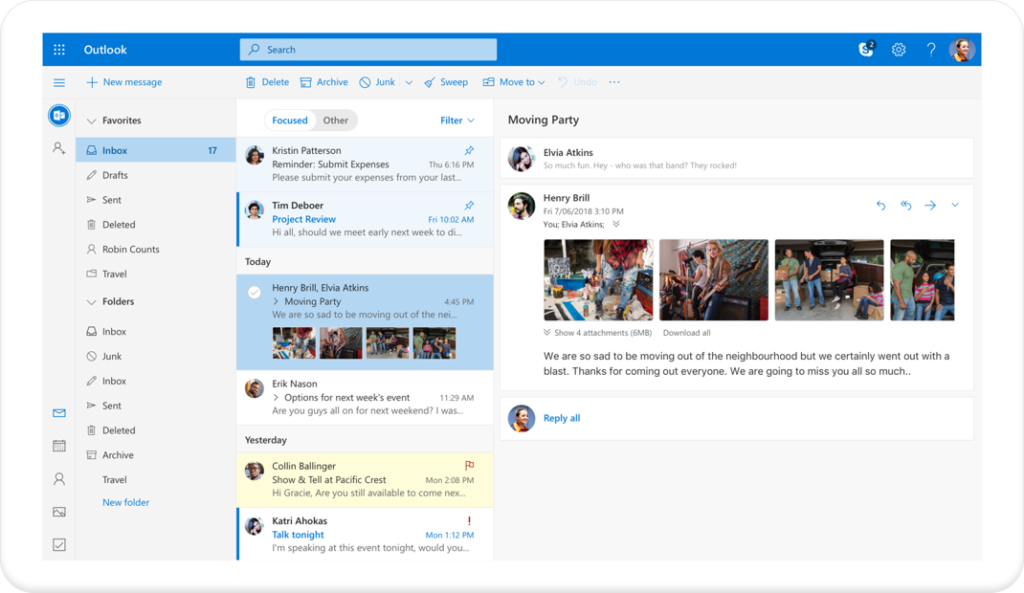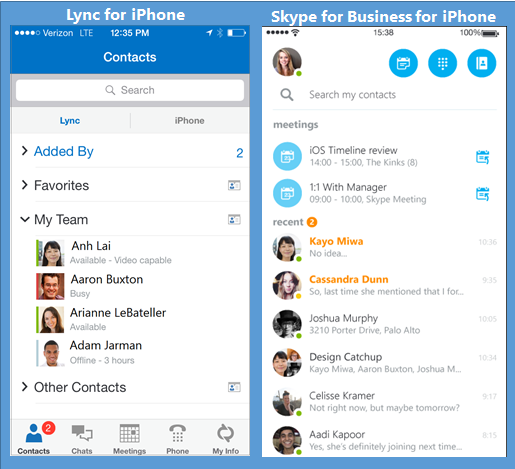4 team collaboration tools you need to make the modern workplace a reality
By 2025, millennials will comprise 75 percent of the global workforce and with them they’ll bring fresh outlook to working practices.
Implementing the right team collaboration tools can revolutionise the way your employees operate and take productivity levels to new heights.
With 78 percent of millennials stating they’re strongly influenced by companies who foster innovation, collaboration and flexibility, modern work requires modern technology. As a result, paper documents, geographically restricted conversations and chained-to-the-desk attitudes must become practises of the past.
Today’s workforce requires a flexible working environment. A ‘modern workplace’ is a fast, collaborative and innovative way of working, shaped towards changing employee expectations and preferences. But, as well as satisfying employee needs, these modern workplaces can also be used to promote productivity and improve workplace happiness.
So, how can you adopt this way of working in your company?
4 team collaboration tools to help modernise your workplace
It’s a cliché to say a bad workman blames his tools. But in this context, relying on aging technology could be preventing you from making the leap to a truly modern workplace. With that in mind, here are four team collaboration tools that can whip your processes into shape and revolutionise the way you work.

1. Outlook: Modernise your email

Source: Outlook
A workplace wouldn’t be a workplace without email. However, traditional email tools that aren’t mobile-friendly don’t provide transparency into employee schedules and can actually restrict workplace productivity.
Cloud-based collaboration software, on the other hand, provides your business with the security, scalability and reliability necessary to keep your business modern and productive.
With more than 400 million active users worldwide, Outlook helps companies bridge team collaboration barriers and encourages productivity, by letting employees:
– Share their calendars with their colleagues, or sync their calendars to their devices, so there’s never a schedule clash.
– Make use of a reliable emailing system, without the likelihood of downtime found in traditional in-house email servers.
-Take their emails, documents and calendars with them anywhere, on any device.
Contact their colleagues or contacts via Skype through their email portal.
-Access a range of productive Office 365 tools that can help to drive employee productivity and encourage collaboration on-the-go.
– Work from anywhere securely and wipe data remotely if their device is ever lost or stolen.
2. Embrace social media in the workplace with Microsoft Teams
Whether your team works in the same office or is dotted across the globe, using social media can help make the modern workplace a reality.
Social tools encourage quick, intuitive and informal conversations, as well as maintaining productivity across your teams. Microsoft Teams is one example of a modern, secure and productive team collaboration tool, created with business needs in mind.
Some of the functions this tool includes are:
– Dedicated public or private chat groups for specific projects
– The ability to conduct online video conference meetings on any device
– A phone system which allows employee to make, receive or transfer calls without the complications or expense of a traditional system
– End-to-end security, control and compliance tools
3. Skype for business: make time for face-to-face interactions

Source: Microsoft Office
Telecommuting is arguably one of the biggest modern work trends to date, with 70 percent of workers stating that jobs with flexible working initiatives are more appealing.
However, if your business wants to develop modern working practises, communication needs to become one of your biggest priorities. According to Jason Fried and David Heinemeir, co-founders of Basecamp:
‘When the bulk of your communication happens via email and the like, it doesn’t take much for bad blood to develop unless everyone is making their best effort to the contrary.’
Virtual collaboration tools such as Skype help to bridge the communication gap between remote workers by offering a humanised, face-to-face interaction. Skype also allows colleagues to share presentations with one another, making remote collaboration as easy as in the office.
4. SharePoint: collaborate in new ways
Professionals spend so much time searching for documents, taking an average of 18 minutes looking for each individual file. As well as wasting employee time, lost documents can become a huge compliancy issue.
To make the modern workplace a reality, your business must be able to easily locate and share information. A cloud collaboration tool like SharePoint promotes better content management and ensures files are kept in a secure, central location. This tool also encourages real-time collaboration, no matter where team members are based.
Seeing the benefits of team collaboration
The modern workplace isn’t a privilege reserved for big multi-nationals or Silicon Valley startups. With the right tools and strategies, your business can become better organised, productive and collaborative. Here are those team collaboration tools one more time:- Outlook
– Teams
– Skype
– SharePoint
Implementing these lines of communication in your business will not only help you keep projects on schedule, but open up a whole new way of working for you and your team.
For more ideas on the best ways to integrate cloud technology into your workplace, check out our SmartPath initiative.

We’re here to help
If you want to achieve better outcomes for your business through a more intelligent use of technology, talk to us.
Contact us